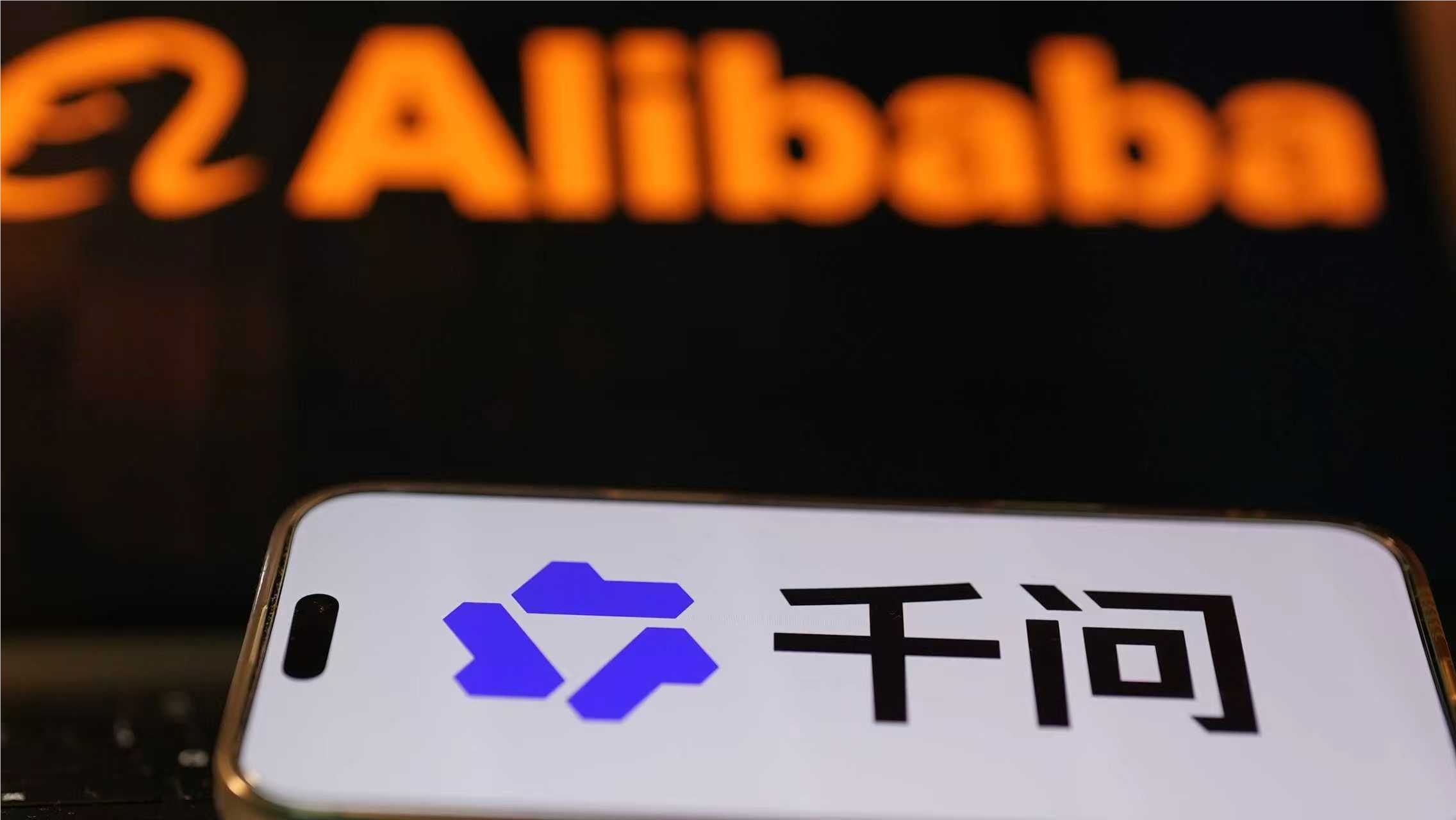Domestic AI large model DeepSeek has received a significant update. The company recently released the DeepSeek V3.1-Terminus version. This new version, with a meaningful name, not only solves technical issues that troubled users before but also hints that the V3 series may be coming to an end.
The core highlight of this update is a significant improvement in model stability. The DeepSeek team has fixed the "extremely beautiful" abnormal output issue that appeared in previous versions. This seemingly humorous but serious bug caused the model to generate inappropriate responses under certain circumstances. The new version effectively solves technical problems such as mixed Chinese and English output and occasional abnormal characters by optimizing the language processing mechanism.
In terms of functional performance, the V3.1-Terminus version has undergone deep optimization for the Code Agent and Search Agent modules. The accuracy of code generation and search functions has been improved, providing developers and researchers with more reliable AI assistance tools.

Image source note: The image is AI-generated, and the image licensing service provider is Midjourney.
However, some users found that the new version's performance slightly declined on certain complex algorithm problems during Codeforces programming competition tests. Industry analysts believe this might be a trade-off made by the DeepSeek team to enhance model security, by strengthening content filtering mechanisms to avoid potential risks, which may have affected the model's creative performance to some extent in specific scenarios.
The version name "Terminus" has attracted widespread attention and discussion. In the field of computer science, Terminus usually refers to an endpoint or final state. This naming choice is generally interpreted as the conclusion of the V3 series. Combined with DeepSeek's previous indication of releasing a new model at the end of the year, the industry generally expects that what is coming next may be a V4 version with a completely new architecture or a major update codenamed R2.
From a technical development perspective, DeepSeek's version iteration strategy is relatively clear. From the initial version to the current Terminus, the V3 series has undergone multiple progressive improvements, gradually enhancing the model's core capabilities. If the V4 version indeed adopts a new architecture, it would mean a significant breakthrough in DeepSeek's model design philosophy and technical implementation.
Currently, users can access the DeepSeek V3.1-Terminus model through the Hugging Face and ModelScope platforms. This multi-platform release strategy reflects DeepSeek's emphasis on open-source ecosystem building and provides convenient access channels for global researchers and developers.
From a market competition perspective, the release of DeepSeek V3.1-Terminus comes at a critical time when competition among domestic and international AI large models is becoming increasingly fierce. Through continuous technological iteration and performance optimization, DeepSeek is striving to maintain its competitive edge in this race while accumulating technical foundations and user feedback for the upcoming next-generation model.
As the end-of-year release date approaches, DeepSeek's next steps will continue to attract industry attention. Whether it's V4 or R2, the new version carries users' expectations for technological breakthroughs and performance improvements.









